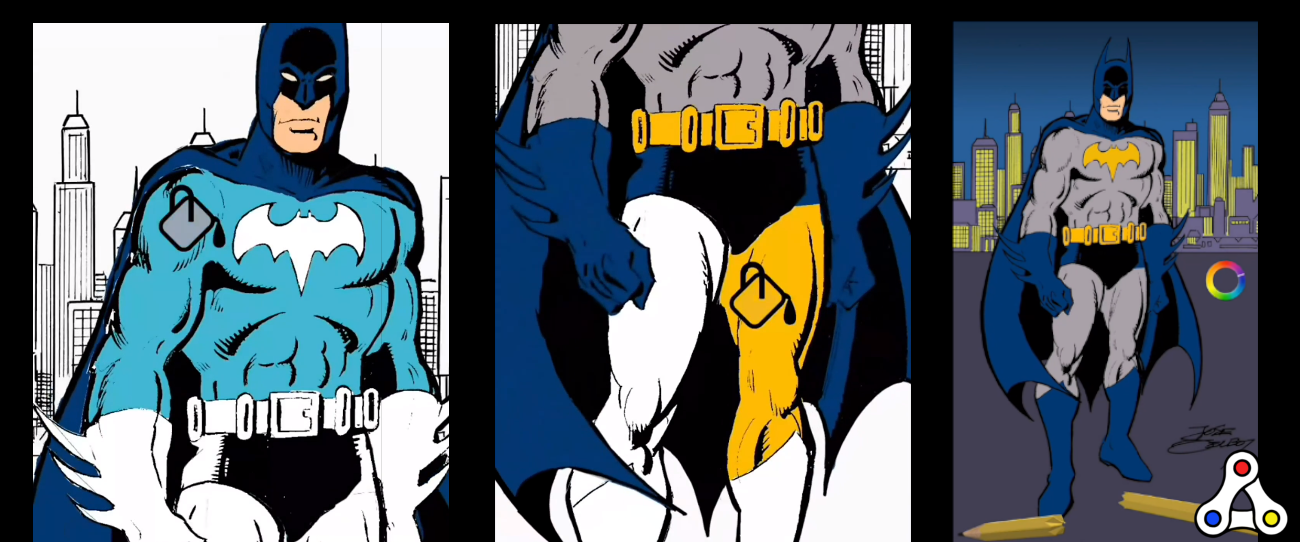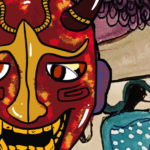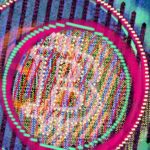A digital Batman artwork by Scottish artist Trevor Jones and comic book artist José Delbo sold for a record 111 thousand dollars. This is the highest amount ever paid for a completely digital artwork. In total the two artists made four different artworks, selling for a combined value of more than 200 thousand dollars.
A Batman artwork called Genesis is now the highest grossing crypto artwork. It combines the pencil strokes of José Delbo with a canvas painting by Trevor Jones. An other unique artwork the two made combines Delbo’s pencil drawing technique with Jones’s Photoshop skills. Personally, I like this one best. It was sold for 55 thousand dollars to an Australian collector who goes by the name of Max Stealth.
Alongside the two unique artworks, Delbo and Jones sold two pieces each of ten copies. People needed to pay approximately 1500 dollars for such an Batman artwork, and they sold like cupcakes. Just like previous creations by Jose Delbo, they sold the art through Makerplace.
Record sale for crypto artwork
In recent weeks we’ve seen a couple of big sales in the crypto artwork space. In September Matt Kane sold his programmable artwork Right Place & Right Time for 101 thousand dollars. Last week Christie’s sold a Bitcoin artwork for 131 thousand dollars. However, the was a physical artwork combined with a digital one. The creations by Trevor Jones and José Delbo are purely digital, making Genesis the most expensive crypto artwork.
However, this record claim comes with a side note. Because officially that honor still goes to Kevin Abosch’s Forever Rose, which sold for 1 million dollars to a group of investors back in 2018. However, the artwork is no ERC-721 token like modern crypto artworks. The Forever Rose is an ERC20 token called ROSE on the Ethereum blockchain based on Mr Abosch’s photograph of a rose. The buyers each receives 1/10 of the ROSE token, as ERC20 tokens are divisible. According to Etherscan there’s only 0.9 ROSE left, which suggest someone burned their share over the digital rose.
What is crypto art?
Crypto art or digital art has been around for many years. However, without the existence of blockchain technology it was impossible to verify authenticity and rarity. Now digital art connects directly with an unique token on the Ethereum blockchain. That way buyers can see how many copies of a certain artwork there are, and whether the product is original.
The concept of seeing a digital image as art, is one thing. However, for many people it will be a challenge to consider digital images as valuable. Consider this: The Mona Lisa is worth many millions of dollars. If I would paint the Mona Lisa in an exact copy, it would be worth only 50 dollars. Because we all know where the original version is. Being able to verify the authenticity and rarity of a piece of art is crucial.
Some people don’t care about the Mona Lisa. It’s just a painting. They are happy to download an image for Google Images, print it on canvas and hang it in their living room. Others want the real deal. The same rules go up for digital crypto art. Some people want to original one, others are happy with a copy on their phone.
Crypto art is gaining popularity. Platforms like Rarible, Superrare and Knownorigins are thriving. The introduction of blockchain technology allowed digital artists to create unique artworks. Ownership and rarity are now verifiable through the blockchain, creating true value. Last year the crypto art market was good for 559 thousand dollars in trading volume. The market grew 115 percent compared with the year before.
In addition several artists from ‘outside’ the blockchain space have been showing interest. MakersPlace has already partnered with comic book artist José Delbo, while NiftyGateway sold some original Vandal Gummy artworks. Even Paris Hilton sold a drawing!





